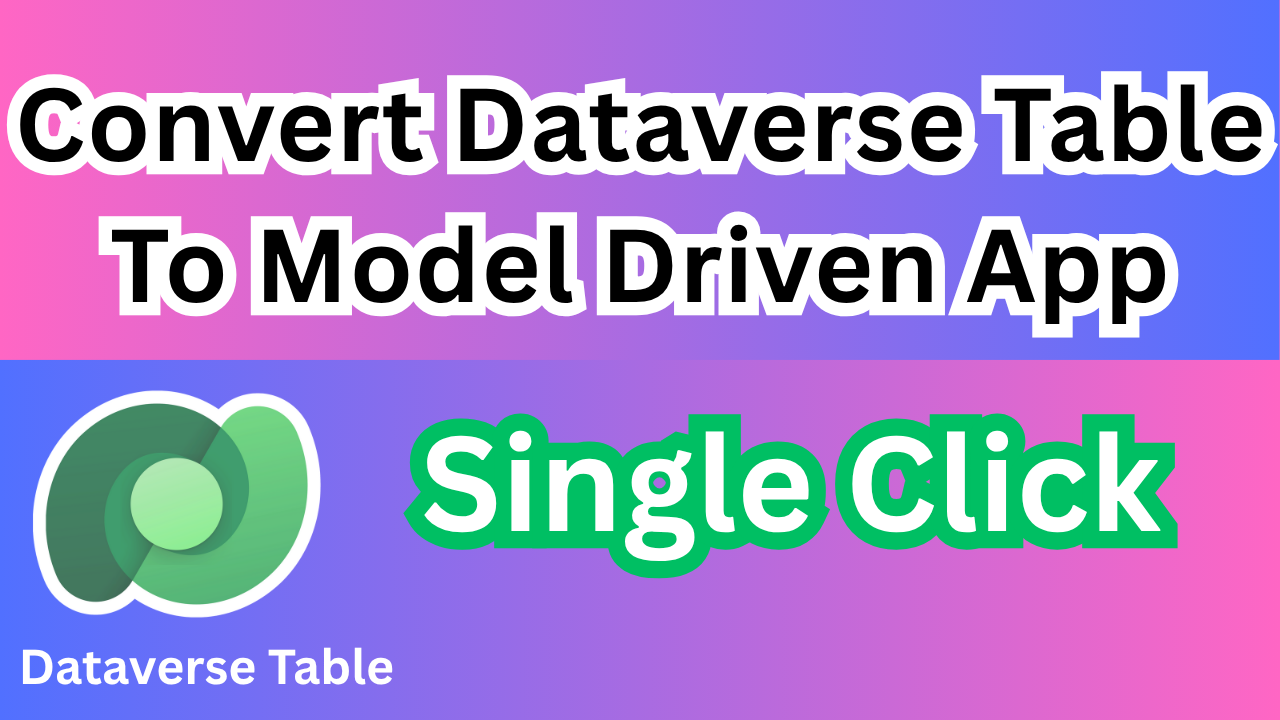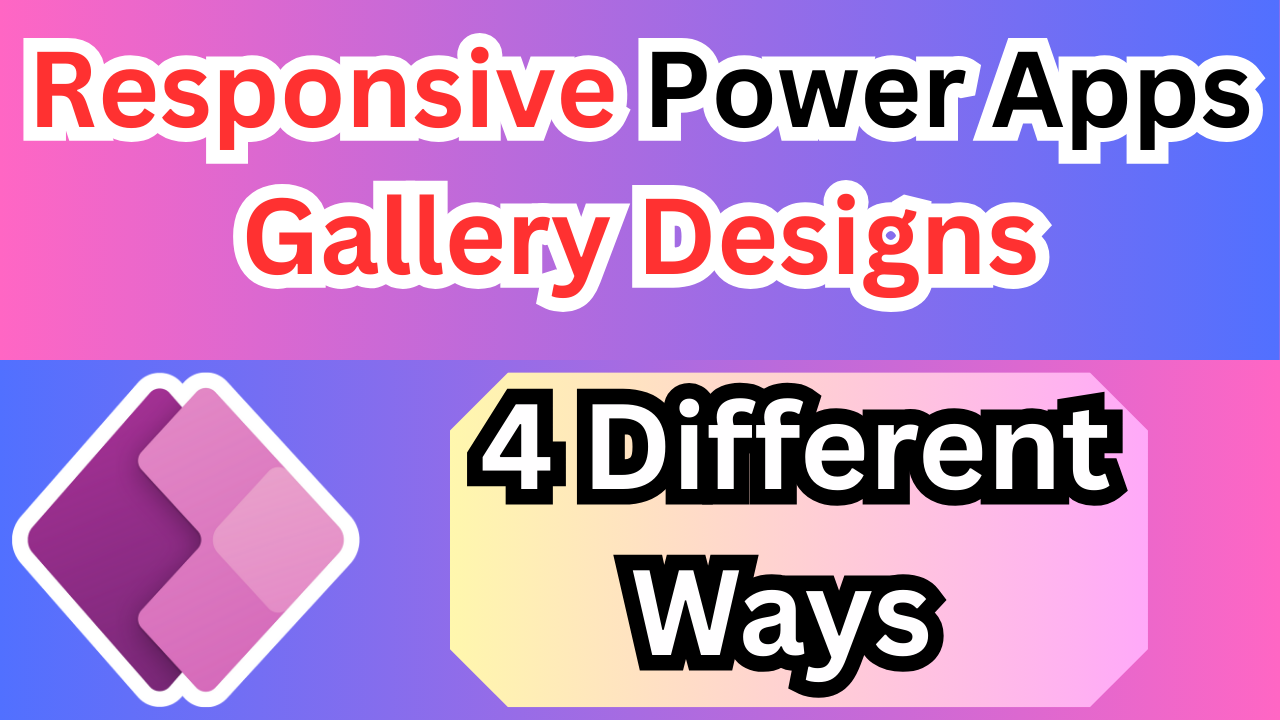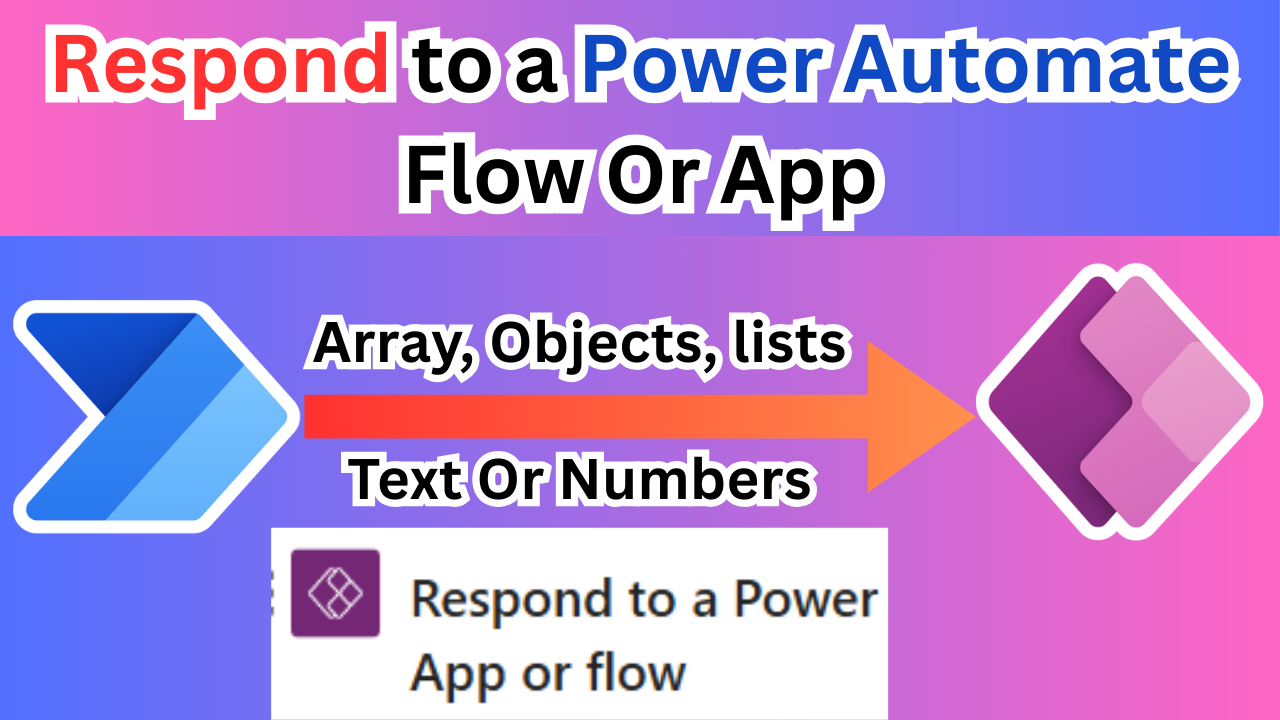Dataverse Interview Questions Answer 2025
Dataverse Interview Questions Answer 2025

1. What is the Dataverse Web API and how do you use it ?
The Dataverse Web API is a RESTful service that enables developers to interact with Dataverse programmatically. It supports CRUD (Create, Read, Update, Delete) operations, executing actions, and querying data using OData queries. This API allows seamless integration with external applications, automates workflows, and efficiently retrieves structured data. Authentication is managed through Azure Active Directory (AAD) using OAuth 2.0 tokens, ensuring secure access. It is widely used in Power Automate, Power Apps, and custom applications built with .NET, JavaScript, or other frameworks. The API also enables batch processing, reducing network calls and improving performance.
2. How do authentication and authorization work when connecting to Dataverse?
Dataverse leverages Azure Active Directory (AAD) for authentication, ensuring secure user access. Users and applications authenticate using OAuth 2.0 tokens, typically obtained through Microsoft Entra ID (formerly Azure AD). Authorization is managed via security roles, business units, and field-level security, defining permissions at the table, row, and field levels. Role-Based Access Control (RBAC) ensures users can only access and modify data based on their assigned roles. Service principals and app registrations enable external applications to connect securely. Additionally, multi-factor authentication (MFA) and conditional access policies enhance security in enterprise environments.
3. How do you optimize performance when working with large datasets in Dataverse?
To optimize performance with large datasets in Dataverse, use batch processing instead of handling records individually to reduce API calls. Implement paging with OData queries to retrieve data in chunks, minimizing load. Index key columns for faster searches and use filtered views to reduce query processing time. Enable change tracking to fetch only modified data instead of querying full datasets. Leverage Power BI DirectQuery or Dataflows for real-time analytics without overloading Dataverse. Use efficient data types, remove unnecessary columns, and optimize queries to enhance overall performance.
4. How does Dataverse support multi-language and localization requirements?
Dataverse supports multi-language localization through language packs and translated labels for tables, columns, and choice (option set) values. Users can set their preferred language in Microsoft Power Apps, ensuring the UI elements are displayed in their local language. Custom translations can be applied to forms, views, and dashboards to provide a localized user experience. Additionally, multi-currency support allows businesses to manage financial data across different regions. Power Apps portals can also be configured for multi-language content, enhancing global accessibility. This ensures seamless user interaction across diverse geographies.
5.What is the role of Power BI when working with Dataverse data?
Power BI enables data visualization and analytics by connecting directly to Dataverse. It allows users to create interactive reports and dashboards using Dataverse tables as a data source. Power BI can connect via DirectQuery for real-time insights or use import mode for offline analysis. Dataverse security roles and permissions apply to Power BI, ensuring users access only the data they are authorized to view. Advanced DAX (Data Analysis Expressions) and Power Query transformations enhance reporting capabilities, making Power BI an essential tool for business intelligence.
6. How do you handle data validation in Microsoft Dataverse?
Dataverse enforces data validation through business rules, data types, and required fields at the table level. Business rules ensure automated validation without code by setting field values, enforcing conditions, and displaying error messages. Power Automate flows and plugins can provide additional validation logic for complex scenarios. Field-level security restricts sensitive data modifications. Additionally, calculated columns validate data dynamically based on conditions. These validation mechanisms ensure data integrity, consistency, and accuracy within Dataverse.
7. Can you explain the concept of data policies in Dataverse?
Data policies in Dataverse help enforce governance and security rules by controlling how data is accessed, shared, and used across applications. These policies prevent sensitive data from being exposed through connectors and define which connectors are allowed or blocked. Admins can use Data Loss Prevention (DLP) policies in the Power Platform Admin Center to restrict data movement between business and non-business connectors. Policies ensure compliance with organizational security standards and prevent unintentional data leaks. They are essential for maintaining data integrity, security, and regulatory compliance in enterprise applications.
8.What are the best practices for designing a Dataverse schema?
When designing a Dataverse schema, use normalized tables to avoid redundancy and ensure efficient data management. Define meaningful table and column names for clarity and future scalability. Utilize relationships like one-to-many and many-to-many to link data logically. Implement choice (option set) columns for standardized values and ensure proper data types for optimized storage. Use calculated and rollup columns to automate computations, reducing the need for manual updates. Define alternate keys for unique record identification and enable change tracking for incremental data synchronization. Always follow security best practices like field-level security to protect sensitive data.
9. How is data stored, indexed, and retrieved in Microsoft Dataverse?
Dataverse stores data in Azure SQL databases, ensuring high availability and scalability. Tables (previously called entities) hold structured data with columns representing attributes. Indexes are automatically created on primary and alternate keys to optimize query performance. Dataverse Web API and OData queries allow efficient data retrieval using filtering, sorting, and pagination. Change tracking helps fetch only updated records, reducing unnecessary queries. Relationships between tables are maintained using lookup columns for optimized joins. Security roles control data access, ensuring only authorized users retrieve specific records.
10.What are the limitations of Microsoft Dataverse compared to traditional SQL databases?
While Dataverse is highly scalable, it has limitations compared to traditional SQL databases. It lacks full SQL query support, restricting advanced querying options like complex joins and stored procedures. Direct database access is not available, meaning data retrieval must go through APIs or Power Platform tools. Dataverse has limited transaction control, making it less suitable for applications requiring high-volume, real-time transactions. Storage costs can be higher, as data is stored in Azure-managed environments. Additionally, performance optimization is automated, reducing developer control over indexing and execution plans compared to traditional relational databases.
11. What are some common challenges when implementing Dataverse in enterprise applications?
Implementing Dataverse in enterprise applications comes with challenges like data migration complexity, as organizations may need to transform and map data from legacy systems. Performance optimization is crucial, especially with large datasets, requiring efficient indexing and batch processing. Security and governance must be carefully configured to enforce proper access controls using security roles and data policies. Customization limitations can arise due to restricted SQL queries and direct database access. Integration with external systems requires additional API-based configurations. Storage costs and licensing models should be evaluated to ensure cost-effectiveness for enterprise-scale applications.
12. How can you use Power BI Gateway with Microsoft Dataverse?
Power BI Gateway allows on-premises data sources to securely connect with Microsoft Dataverse for real-time reporting and analytics. When using Dataverse as a data source, Power BI can directly connect to it via the cloud, but for on-premises hybrid scenarios, Power BI Gateway is required. The gateway acts as a bridge between Power BI Service and on-premises databases like SQL Server. It enables scheduled refreshes and ensures that data remains up-to-date without manual intervention. The DirectQuery mode can be used for real-time interactions, reducing the need for full data imports. Organizations use Power BI Gateway to maintain data security, governance, and compliance while analyzing on-premises and cloud data together.
13. How do you manage relationships between custom tables in Dataverse?
Dataverse supports one-to-many (1:N), many-to-one (N:1), and many-to-many (N:N) relationships between custom tables. Relationships are created using lookup columns, which reference records from other tables. Cascade behaviors (e.g., assign, delete, merge) define how actions in one table affect related records. Custom business rules and calculated fields help automate data updates between related records. To optimize queries, filtered views and index columns are used to improve retrieval performance. Power Apps and Power Automate leverage these relationships for seamless workflows and UI consistency. Proper relationship mapping ensures data integrity, avoids duplication, and enhances query efficiency.
14. What is the purpose of using plugins and custom workflows with Dataverse?
Plugins and custom workflows extend Dataverse functionality by adding custom business logic to automate processes. Plugins are C#-based event-driven components that execute during pre-operation, post-operation, or asynchronous operations on Dataverse records. They help in validating data, enforcing security rules, or automating calculations. Custom workflows, built with Power Automate or classic workflow designer, automate tasks like sending notifications, updating records, or integrating external systems. Both approaches reduce manual effort, enhance efficiency, and ensure business logic enforcement at the database level. Plugins require developer expertise, whereas custom workflows are low-code/no-code solutions.
15. How do you handle concurrency and record locking in Dataverse?
Dataverse handles concurrency using optimistic concurrency control, ensuring multiple users can work on records without conflicts. Each record has a version number, which updates upon modification. If two users edit the same record simultaneously, Dataverse checks the version number, and an error occurs if the record has changed since retrieval. To prevent conflicts, developers can implement row versioning, retry logic, or queue-based processing. Transactions and batch operations help maintain data consistency. Field-level security and user roles prevent unauthorized simultaneous edits. Concurrency management is crucial in multi-user applications to avoid data loss and inconsistency.
Dataverse Interview Questions Answer 2025
Dataverse Interview Questions Answer 2025
Dataverse Interview Questions Answer 2025
Dataverse Interview Questions Answer 2025
Dataverse Interview Questions Answer 2025
- Microsoft Dataverse Interview Questions and Answers 2025
- Top Dataverse Interview Questions & Answers for 2025
- Latest Dataverse Interview Questions with Answers [2025 Edition]
- Dataverse Interview Guide: Frequently Asked Questions (2025)
- Dataverse Interview Preparation: Common Questions & Best Answers 2025
- Dataverse interview questions 2025
- Microsoft Dataverse interview prep
- Dataverse FAQs for job interviews
- Power Platform Dataverse interview guide
- Dataverse technical interview questions
- Dataverse job interview tips 2025
- Top Dataverse concepts for interviews
- Dataverse real-world use cases
- Dataverse Power Platform questions
- Dataverse vs SQL interview questions
📌 Microsoft Dataverse Interview Questions & Answers (2025 Edition) | Power Platform Interview Prep 🚀
Are you preparing for a Microsoft Dataverse interview? In this video, we cover the most frequently asked Dataverse interview questions and answers, helping you ace your Power Platform job interview in 2025. Whether you’re a beginner or an experienced professional, this guide will boost your confidence by explaining key Dataverse concepts, use cases, and real-world applications.
🔹 Topics Covered in This Video:
✔ What is Microsoft Dataverse?
✔ How does Dataverse differ from traditional relational databases?
✔ What are choice (optionset) columns, business rules, and security roles in Dataverse?
✔ How does field-level security work?
✔ What are alternative keys and how do they improve data integrity?
Dataverse Interview Questions Answer 2025
Dataverse Interview Questions Answer 2025
Dataverse Interview Questions Answer 2025
Dataverse Interview Questions Answer 2025
Dataverse Interview Questions Answer 2025
✨ Thanks for reading! ✨
I hope you found this blog on the Microsoft Power Platform helpful! From Power Apps, Power Automate (Cloud & Desktop), Canvas Apps, Model-driven Apps, Power BI, Power Pages, SharePoint, Dynamics 365 (D365), Azure, and more, I cover a wide range of topics to help you harness these powerful tools. Don’t miss out on future tips, tutorials, and insights—hit that subscribe button to get the latest posts right to your inbox. 💌
💬 I’d love to hear your thoughts! Drop a comment below with your questions, ideas, or feedback—let’s get the conversation started!
🔗 Let’s connect and grow together!
Follow me, Sanika Thorat, on your favorite platforms for even more content and updates on Microsoft Power Platform and related technologies:
- 💼 LinkedIn – Let’s network and share ideas!
- 💻 GitHub – Explore my projects and code.
- Email Id – thoratsanika98@gmail-com
Let’s build something amazing together with Power Platform and Azure! 🚀!







f89l5j